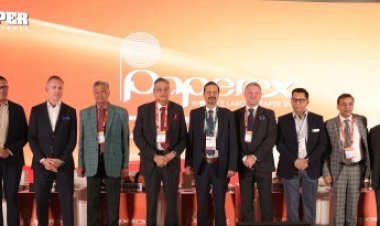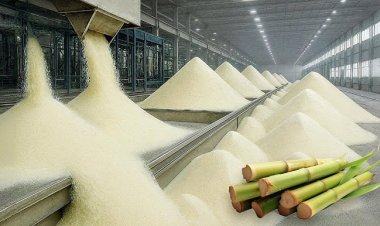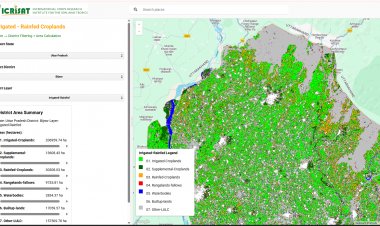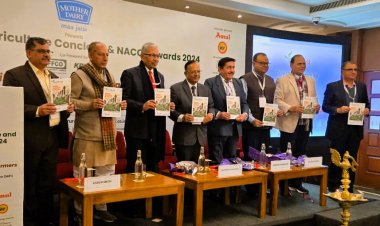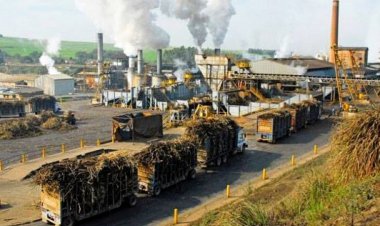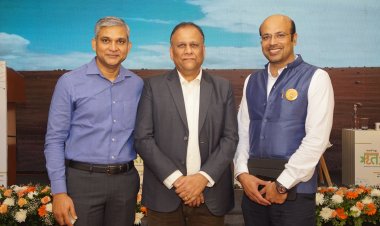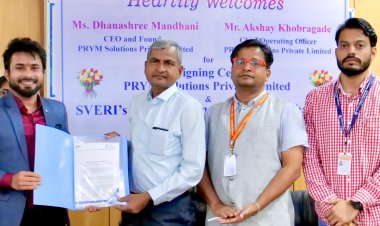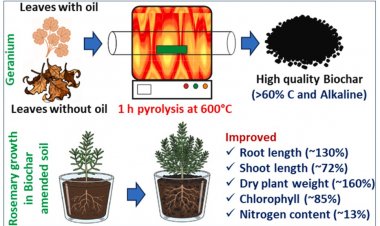How we get chickens on our plates: The broiler industry is India's most successful example of contract farming
The way poultry farming has established itself as a big contract farming and integrated business is due to a mix of technology, research, investment and market. Due to better income and less risk, a large number of farmers are getting attracted towards it, earning huge profits by investing in Environmentally Controlled (EC) farms, Semi EC and Open farms. But here the farmer has to do business with the help of an integrator company. For this, not much land is required but a lot of capital is needed for this
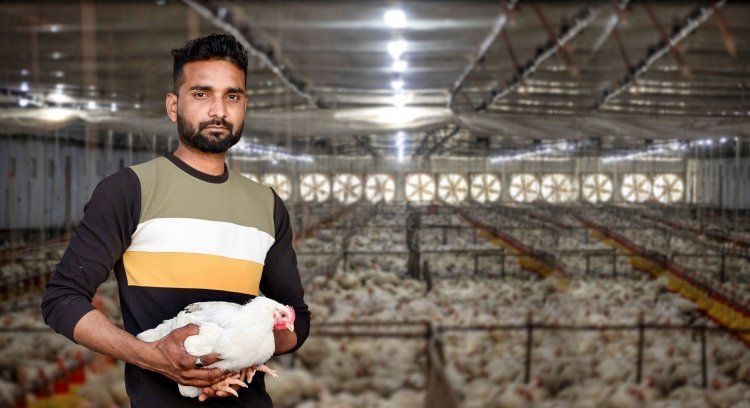
Rajnandgaon, Chhattisgarh
Some statistics about poultry farming and business may surprise you. Every week 14 crore chicks are placed in the organized poultry farms of the country. As a result, about 728 crore chicks are placed in farms in a year. After factoring in the mortality rates, the total weight of an average two-kg bird ready for sale in the market annually amounts to around 1300 crore kg. Based on the average retail price of Rs 200 per kg, the annual poultry business has reached more than Rs 2.5 lakh crore. With these figures, the income of farmers in poultry farming has also increased to about Rs 15 thousand crore in a year. They get this in the form of Growing Charges (GC) for growing the day old chicks (DOC) from the day they arrive at the farm to a bird weighing two kilos or more in a cycle of 40 to 45 days. The integrator company supplying DOC sells the birds to the buyers from the farm itself, from where it reaches the poultry markets across the country.
Until a few decades ago, poultry farming in the country was seen as an unorganized farming done in the backyards of small and landless farmers, where chickens were raised be feeding leftover food and meagre feed. Even still, government schemes for backyard poultry for landless farmers continue as an effort to give them an additional source of income. But the way poultry farming has established itself as a big contract farming and integrated business is due to a mix of technology, research, investment and market. Due to better income and less risk, a large number of farmers are getting attracted towards it, earning good profits by investing in Environmentally Controlled (EC) farms, Semi EC and Open farms. But here the farmer has to do business with the help of an integrator company. For this, not much land is required but a lot of capital is needed for this.
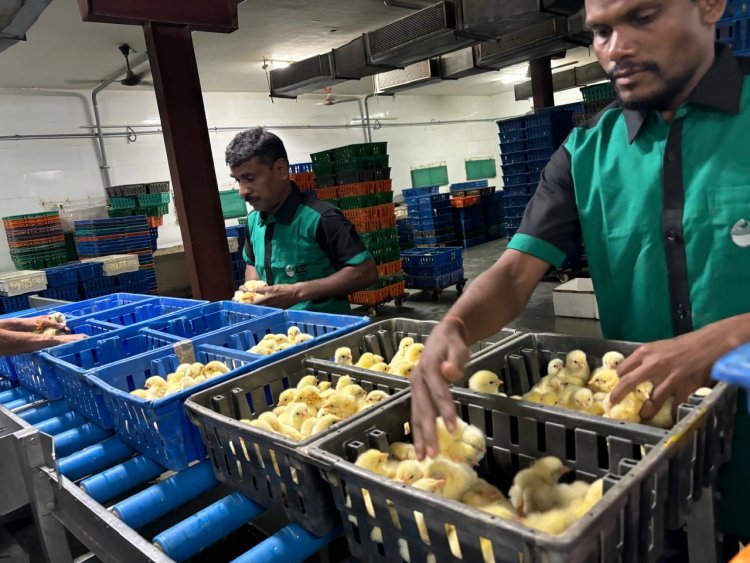
Day old chicks (DOC) in an IB Group hatchery located at Mundgaon in Rajnandgaon district. (Photo: Harvir Singh, Rural Voice)
One such farmer, Milind Uttalwar, runs a broiler farm in Sukuldaihan village in Rajnandgaon district. Forty-year-old Uttalwar also owns a consumer electronics business in Rajnandgaon. He told Rural Voice that he has been doing poultry farming for six years. He has set up two EC sheds with a capacity of 13,000 chickens each. He has invested about Rs 60 lakh on sheds and equipment which comes up to around Rs 450-500 per bird. These farms are operated with computer-controlled panels which regulate temperature, humidity, air, feed and water supply as per the requirement at different times from DOC till the chicken weighs two kg.
These sheds have automated feed and drinking water lines (one pen for every 30 chickens and one water nipple for 10-12 chickens), exhaust and air circulation fans, cooling pads, lighting and diesel brooders (to keep the chicks warm and provide heat in the first few days). The optimal temperature for growth of the chicks should be 32-34 degrees Celsius in the first three days, which is then gradually reduced to 26-28 degrees during 12-24 days and to 24 degrees or less after 35 days.
Milind told Rural Voice that every year he produces six batches of 26,000 chickens and earns up to Rs 10 lakh in each batch. The basic GC rate is Rs 10 per bird. The company also gives incentives for higher weight of broilers, better feed consumption ratio, lower mortality rate and higher price in the market.
Milind's farm has been set up by the IB Group based in Rajnandgaon. ABIS Exports (India) Private Limited is the owner of IB Group. ABIS has an annual turnover of more than Rs 11 thousand crore, is one of the largest companies in the country's integrated poultry business. ABIS President Dr. RK Jaiswal told Rural Voice that company's founder and chairman Sultan Ali and founder and managing director Bahadur Ali started polultry business with a 200 birds small farm and a meat shop in 1982-82. Now it has become one of the leading company of intergated poulrty business in the country. He says that ompany supplies DOC to EC and open farm farmers as well as feed, medicine, cleaning material and provide veterinary services. It takes back broilers from farmers and sells them. This means that the farmer has to work only till the DOC is ready for sale as broiler chickens. His expenses are incurred only on running, maintaining and managing the farm.. He does not have to worry about marketing the prepared birds. The company has connected all the farmers and the traders who buy the birds through an app. The farmers' daily data is fed on the app, whereas the buyers get information about the marketable birds available in the farms near them on the app.
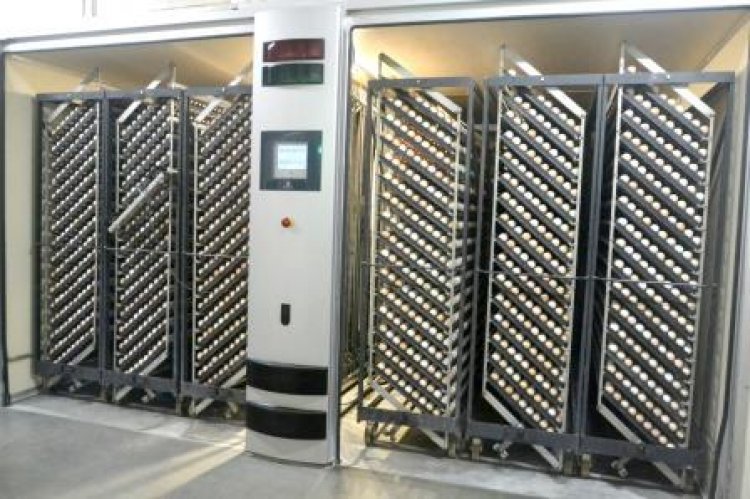
Setter machine used in hatching process in IB Group's hatcheries located at Mundgaon in Rajnandgaon district.
Raghuvendra Verma a 38-year-old farmer from Devkatta village in Dongargarh tehsil of Chhattisgarh’s Rajnandgaon district is also running EC farm on his 2.5 acres of land. In 1.5 acres, he raises broiler chickens for meat production in two environmentally-controlled (EC) poultry sheds, the first one housing 11,000 and the second 9,000 birds. Verma has invested Rs 90 lakh on two environment-controlled (EC) sheds. In one acre he is growing different crops.
Verma does six such cycles in a year, each of around 60 days that also includes a “downtime” of 20 days for litter removal, cleaning of floor and pressure washing of equipment. His six batches last year (May 17, 2023 to May 15, 2024) yielded marketable birds with an aggregate weight of 320,865 kg.
Success of contract farming
Verma's farm gets DOC from the IB Group's broiler hatchery situated in Mundgaon in Dongargarh tehsil. The company also supplies him with chicken feed and farm cleaning chemicals (copper sulphate, formalin, bleaching powder and hydrochloric acid).
There are three types of broiler feed. The broiler feed comprises a pre-starter (400 gm for the first 12 days when the chicks grow to 400 gm), starter (1,200 gm from 12 to 25 days, when they now weigh 1,300 gm) and a finisher (after 25 days). In total, the birds consume around 3,300 gm of feed to grow to 2 kg and 4,000 gm for 2.5 kg. After the cycle is over, the IB Group/ABIS takes back the finished chickens as marketing is their responsibility.
Verma told Rural Voice that he gets a minimum of Rs 10 per kg for rearing chickens. He also gets various incentives, like, for market price appreciation, low mortality rate, above-average weight gain and low feed consumption. Last year, Verma got an average rate of Rs 14.89 per kg. His total revenue for 3,20,865 kg was Rs 47.78 lakh. After deducting expenses on labour, electricity, diesel and rice husk (used as bedding for the chicks), which totals around Rs 2.5 lakh per cycle or Rs 15 lakh annually, he earned Rs 32-33 lakh.
Environmentally controlled vs Open farm
Digeshwar Sinha (30), a five-acre farmer of Shikari Tola village in Khairagarh tehsil of Khairagarh-Chhuikhadan-Gandai district, has a small open poultry house of 3,300 sq. ft for 2,500 chickens. His investment is just Rs 9 lakh, with a simple shed, feeders and drinkers, fans, sprinklers and jute curtains to keep out the heat, a wood shavings-fired bukhari or a gas brooder - no automation at all. A gas brooder is sufficient for 800-1,500 chickens, while a diesel brooder is enough for 5,000 birds.
Open houses require more space for each chick (1.3-1.4 sq ft as compared to 0.65 sq. ft in EC sheds). The mortality rate of chickens reared here is generally higher than EC (10-12% vs 3-5%). Chickens also take longer to reach a weight of 2 kg (34-35 vs 32-33 days) and 2.5 kg (40-42 versus 37 days).
Sinha, however, manages the farm on his own without any hired labourer. In his last year’s cycle, only 71 out of the 2,520 birds died. The ones marketed had an aggregate weight of 5,954 kg or, an average of 2.43 kg. With 9,480 kg of feed consumed, his conversion ratio of 1.59 was within the 1.45-1.6 range for EC houses. While the base GC for open houses is Rs 8/kg, the IB Group paid him Rs 13.25/kg. After deducting expenses of Rs 21,000 on Rs 78,890 of gross revenue, his net income from that batch worked out close to Rs 58,000. He is growing six batches in a year.
The Rajnandgaon-headquartered IB Group/ABIS has 30,000-odd broiler farmers like Milind,Verma and Sinha across India – to whom it supplies DOCs (each costing Rs 28 and pre-vaccinated for Gumboro/Infectious Bursal Disease and Newcastle Disease), feed (Rs 40/kg) and technical inputs (through line supervisors making 5-6 visits during every cycle). The company also markets the fully-grown birds that are directly lifted from the poultry farms by traders.
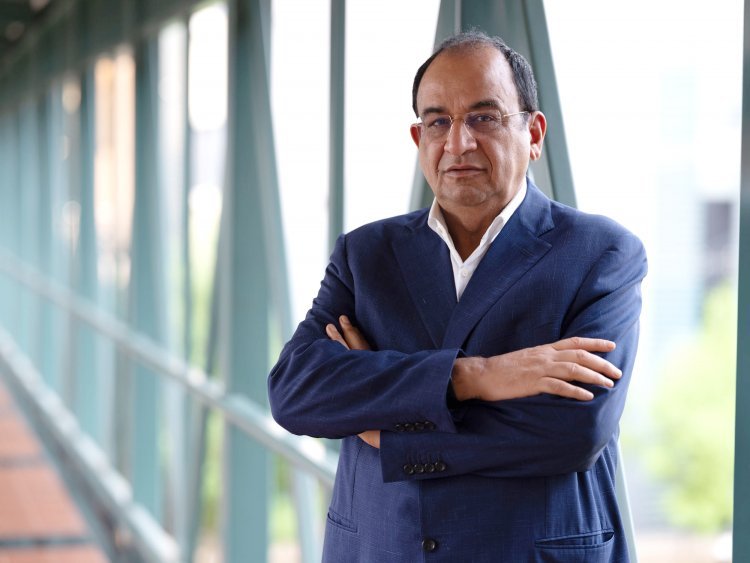
Bahadur Ali, Founder and Managing Director of ABIS
Broiler Integrator – Integrated Poultry Farming
The Coimbatore-based Suguna Foods pioneered the transformation of integrated poultry farming into a successful contract farming in the country. About 14 crore DOCs are delivered every week to broiler farms across India. Of these, IB Group/ABIS and Suguna each supply 1 to 1.1 crore DOCs every week. Other major broiler integrators are Venkateswara Hatcheries (VH) Group, Baramati Agro and Premium Chick Feeds (both in Pune) and Shalimar Group (Kolkata). Each group supplies 30-60 lakh chicks every week. About 40% of the 30,000 farmers of the IB Group have environment-controlled sheds. Each shed can hold anywhere from 9-10 thousand to 24-25 thousand chicks.
The broiler industry today is arguably India's most organised and integrated agribusiness. Poultry integrators also have commercial broiler hatcheries with their own feed plants.
IB/ABIS has 10 hatcheries - two in Rajnandgaon and the rest in Rajpura (Punjab), Muzaffarpur (Bihar), Jagdishpur (Uttar Pradesh), Jalpaiguri (West Bengal), Nagaon (Assam), Jajpur (Odisha), Aurangabad (Maharashtra) and Kolar (Karnataka). These can load over 65 crore eggs to hatch chicks every year. The chicks are delivered to broiler farms within a timeframe of 12-15 hours. The company has eight feed plants. It also has India's largest soybean processing unit in Badnawar (Madhya Pradesh) with a crushing capacity of 2,000 tonnes per day. It supplies de-oiled cake which is the main protein ingredient in poultry feed.
Aman Bhatia, head of broiler hatchery operations at IB Group, told Rural Voice that chicken eggs are supplied from parent farms. The parent farms have both females and males. These eggs are kept inside ‘setter’ machines at the right temperature and humidity for 18.5 days. The environment inside the setter is similar to the natural environment provided by the hens. From there, they are sent to ‘hatcher’ machines where the chicks come out after 2.5 days.
Bhatia said IB's all hatchery machines are imported from European companies - Petersime (Belgium), Hatchtech and Royal Pas Reform (both Netherlands). Vaccination of eggs (not hens) before they go to the hatchery is done by a separate 'in-ovo' machine.

Digeshwar Sinha, farmer of Shikari Tola village of Khairagarh tehsil of Khairagarh-Chhuikhadan-Gandai district. (Photo: Harvir Singh, Rural Voice)
Backward and Forward Integration
Companies like Suguna, IB Group/ABIS and VH have parent farms and broiler hatcheries. In the parent farm, female chicks are reared for 24-25 weeks and then mated/inseminated to produce eggs at 64-68 weeks. In the broiler hatchery, the eggs are converted into DOC. They also have grand-parent (GP) farms of cocks and hens, which produce parent stock.
The IB Group has two GP farm-cum-hatcheries at Shivpuri and Kariyagondi in Rajnandgaon district. They source their GP chicks from Aviagen, a global market leader in broiler genetics. Aviagen, headquartered in Huntsville, USA, has a Great-Grand-Parent (GGP) farm and hatchery at Udumalpet (Tamil Nadu) near Coimbatore. Here it produces GP stock chicks of its ‘Ross 308 AP’ broiler breed. Aviagen India imports pure pedigree stock chicks from the US for raising GGP and hatching their eggs.
Broiler chickens produced and sold in India are primarily of foreign pedigree (genetics) stocks namely Ross, Hubbard and Cobb. Ross and Hubbard genetics are owned by Aviagen, while VH Group has a joint venture with Cobb Vantress, a US poultry genetics company. Chickens of these pedigrees are well-suited to Indian agro-climatic conditions. Suguna Foods has developed its own ‘Sunbro’ broiler breed.
The Indian broiler industry is largely backward integrated. In this respect it is even more integrated than dairy. But it is not as forward integrated as dairy. Dairies sell branded pouch milk, curd, ghee, butter, cheese and ice cream etc., while broiler chickens are sold mainly in bulk. They are also sold in roadside retail shops.
“Forward integration is the next step. We have to move towards branded sales of dressed, chilled and packaged chicken, in addition to ready-to-cook and ready-to-eat meat,” Zoya Afreen Alam, director, ABIS Exports, told Rural Voice. This requires a change in consumer behaviour and may take time.
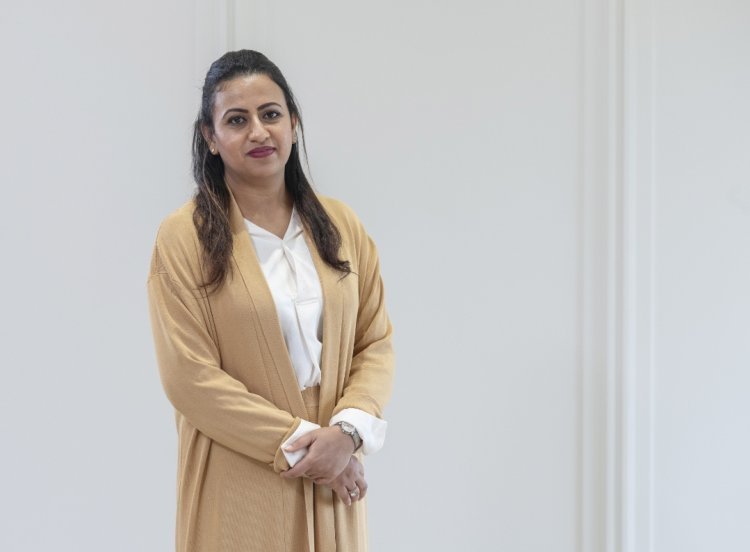
Zoya Afrin Alam, Director of ABIS Exports
Zoya said that ABIS is setting up two processing plants for forward integration. One of these plants will be in Maharashtra and the other in Andhra Pradesh. Each plant will have a capacity of 12 thousand birds per hour. After completing the entire process of bone dressing, chilling and packaging, chikens will be sent to the market. Along with fulfilling all the standards of FSSAI, tracing of our products will also be possible so that the consumer's confidence can be increased and he will be able to know from which farm the product he is buying has come. We are working on a plan to start these plants by the year 2026. With their start, we will reach the level of forward integration in the poultry business.
Industry experts say that the poultry business will have to promote forward integration like the dairy industry. In this case, it is currently in the same phase as the dairy industry was in the eighties. With the increase in forward integration, poultry companies will be able to earn more per bird, while it will benefit both poultry farmers and consumers. At present, backward integration of the poultry business has reached almost 90 percent, while the level of forward integration is still around five percent.



 Join the RuralVoice whatsapp group
Join the RuralVoice whatsapp group



















